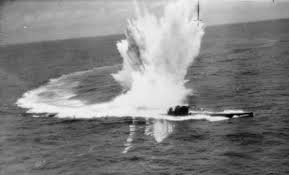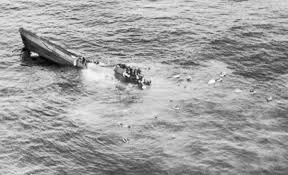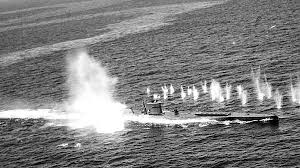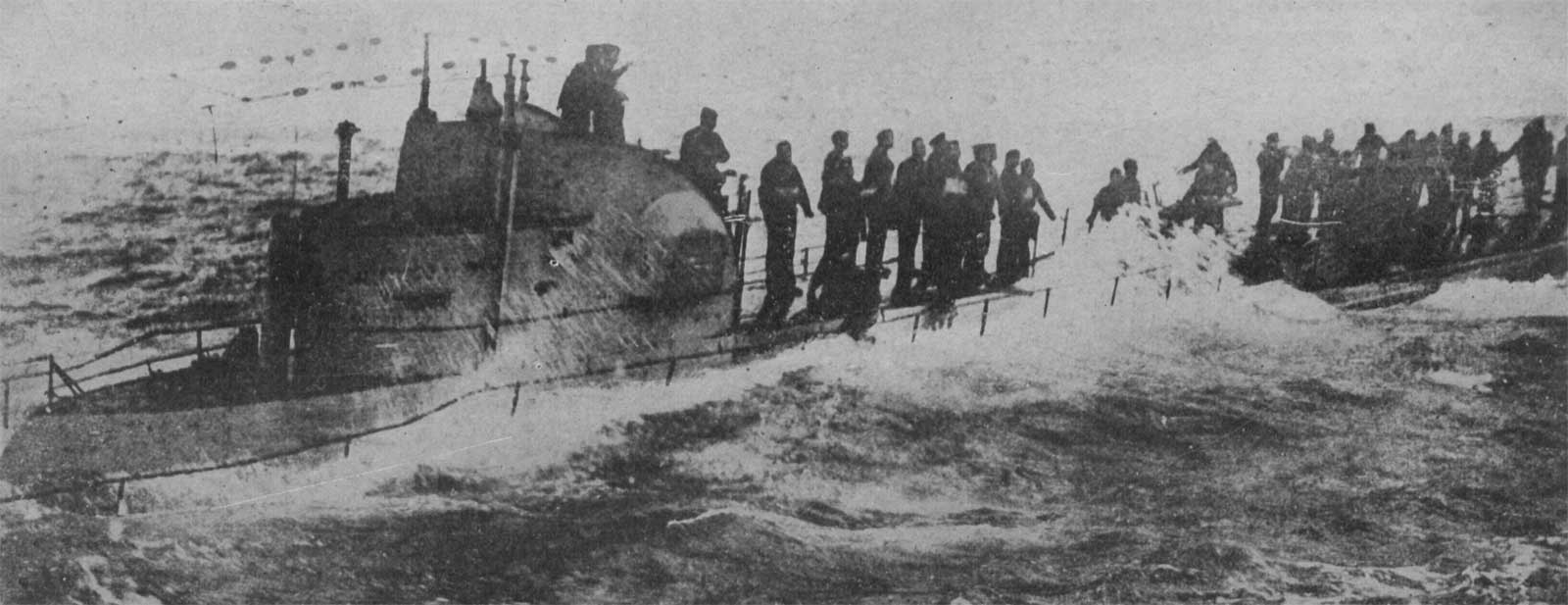|
Historical Note The May 1943 Convoy Battles
At the beginning of the month over 40 U-Boats are deployed in three patrol lines off Greenland and Newfoundland. Another group operates to the far west of the Bay of Biscay,
and a further 30 are on route between their Biscay bases and the North Atlantic.. Their targets are a series of fifteen Allied convoys - totaling over seven hundred merchant ships.
The Allies' ability to defend the convoys is much stronger than ever before. Specialized hunting teams, escort carriers, and long range patrol aircraft with the latest radar are
all available to oppose the "U-Boat menace". The decisive battle begins in early May,. These were the largest u-boat - convoy battles of the war. To the Allies, victory over the
U-Boats was essential to the success of their D-Day preparations. To the Germans, success against the convoys meant more time for the German armies to prepare for the Allied invasion of Europe.
The Result
In May, the U-boats attempted to attack 15 convoys totaling 622 merchantmen. They were opposed by seven British "B" and five Canadian "C" convoy escort groups and six British
and one US hunting groups, including three escort carriers. Out of the 70 or more U-boats at sea, the escorts sank 23. In all 11 convoys crossed the Atlantic unscathed, a further
four convoys lost a total of 19 ships - a loss rate of only 3 percent overall. By May 24th, U-boat losses are so heavy and the attacks so fruitless, U-Boat Admiral Doenitz orders
his captains to leave the North Atlantic battlefield. They either return home or concentrate on the US/Gibraltar routes. It is some time before the Allies realize the North Atlantic
is almost free of U-boats.
   
By the end of May, 1943 the Allied navies have won the Battle of the Atlantic!
 |